Subscribe to our ▶️YouTube channel🔴 for the latest videos, updates, and tips.
Home | About Us | Contact Us | Privacy | Math Blog
Types of Symmetry
We will learn about all types of symmetry of various shapes in geometry. The explanation will help us to understand the different types of symmetrical shapes which possess or does not possess linear symmetry, point symmetry and rotational symmetry.
Name and draw the shape which possesses linear symmetry, point symmetry and rotational symmetry?
1. Line segment:
(i) Linear symmetry possesses 1 line of symmetry i.e. perpendicular bisector of PQ
(ii) Point symmetry possesses point symmetry mid-point O of line segment PQ
(iii) Rotational symmetry possesses rotational symmetry of order 2 about O.
2. Rectangle:
(i) Linear symmetry possesses 2 lines of symmetry. Line joins the mid-point of 2 parallel sides.
(ii) Point symmetry possesses point symmetry with point of intersection of diagonals as the centre of symmetry.
(iii) Rotational symmetry possesses rotational symmetry of order 2.
3. Rhombus:
(i) Linear symmetry possesses 2 lines of symmetry i.e. 2 diagonals of the rhombus
(ii) Point symmetry possesses point symmetry with point of intersection of diagonals as the center of symmetry.
(iii) Rotational symmetry possesses rotational symmetry of order 2.
4. Square:
(i) Linear symmetry possesses 4 lines of symmetry, 2 diagonals and 2 lines joining the mid-point of opposite sides.
(ii) Point symmetry possesses point symmetry with point of intersection of diagonal.
(iii) Rotational symmetry possesses rotational symmetry of order 4.
5. Circle:
(i) Linear symmetry possesses infinite lines of symmetry of order 4
(ii) Point symmetry possesses point symmetry about the center O
(iii) Rotational symmetry possesses rotational symmetry of an infinite order
2. Name and draw the shape which possesses linear symmetry but no point symmetry and rotational symmetry?
1. An angle:
(i) Linear symmetry possesses 1 line of symmetry i.e. angle bisector
(ii) No point symmetry
(iii) No rotational symmetry
2. An isosceles triangle:
(i) Linear symmetry possesses 1 line of symmetry i.e. perpendicular bisector l.
(ii) No point symmetry
(iii) No rotational symmetry
3. Semi-circle:
(i) Linear symmetry possesses 1 line of symmetry i.e. perpendicular bisector of the diameter XY
(ii) No point symmetry
(iii) No rotational symmetry
4. Kite:
(i) Linear symmetry possesses 1 line of symmetry i.e. diagonal QS
(ii) No point symmetry
(iii) No rotational symmetry
5. Isosceles trapezium:
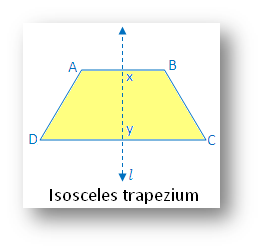
(i) Linear symmetry possesses 1 line of symmetry. Line XY joins the mid-point of 2 parallel sides.
(ii) No point symmetry
(iii) No rotational symmetry
3. Name and draw the shape which possesses linear symmetry and rotational symmetry but no point symmetry?
Equilateral triangle:
(i) Linear symmetry possesses 3 lines of symmetry i.e. the 3 medians of the triangle.
(ii) No point symmetry
(iii) Rotational symmetry possesses rotational symmetry of order 3.
4. Name and draw the shape which does not possess linear symmetry, point symmetry and rotational symmetry?
Scalene triangle:
(i) No linear symmetry
(ii) No point symmetry
(iii) No rotational symmetry
5. Name and draw the shape which does not possess linear symmetry but possesses point symmetry and rotational symmetry?
Parallelogram:
(i) Linear symmetry: No linear symmetry
(ii) Point symmetry possesses point symmetry with point of intersection of diagonals
(iii) Rotational symmetry possesses rotational symmetry of order 2.
● Related Concepts
● Order of Rotational Symmetry
● Reflection of a Point in x-axis
● Reflection of a Point in y-axis
● Reflection of a point in origin
● Rotation
● 90 Degree Clockwise Rotation
● 90 Degree Anticlockwise Rotation
7th Grade Math Problems
8th Grade Math Practice
From Types of Symmetry to HOME PAGE
Didn't find what you were looking for? Or want to know more information about Math Only Math. Use this Google Search to find what you need.
Recent Articles
-
Formation of Numbers | Smallest and Greatest Number| Number Formation
Jul 15, 25 11:46 AM
In formation of numbers we will learn the numbers having different numbers of digits. We know that: (i) Greatest number of one digit = 9, -
Formation of Square and Rectangle | Construction of Square & Rectangle
Jul 15, 25 02:46 AM
In formation of square and rectangle we will learn how to construct square and rectangle. Construction of a Square: We follow the method given below. Step I: We draw a line segment AB of the required… -
5th Grade Quadrilaterals | Square | Rectangle | Parallelogram |Rhombus
Jul 15, 25 02:01 AM
Quadrilaterals are known as four sided polygon.What is a quadrilateral? A closed figure made of our line segments is called a quadrilateral. For example: -
5th Grade Geometry Practice Test | Angle | Triangle | Circle |Free Ans
Jul 14, 25 01:53 AM
In 5th grade geometry practice test you will get different types of practice questions on lines, types of angle, triangles, properties of triangles, classification of triangles, construction of triang… -
5th Grade Circle Worksheet | Free Worksheet with Answer |Practice Math
Jul 11, 25 02:14 PM
In 5th Grade Circle Worksheet you will get different types of questions on parts of a circle, relation between radius and diameter, interior of a circle, exterior of a circle and construction of circl…
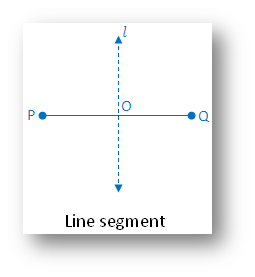
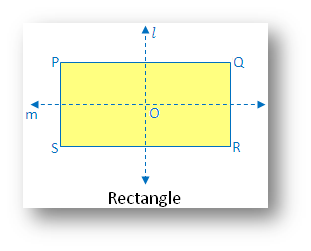
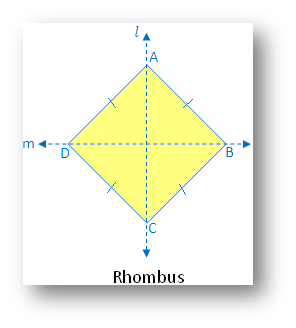
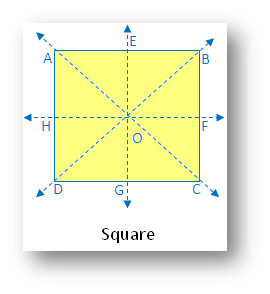

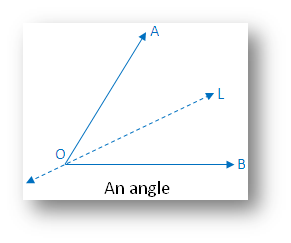
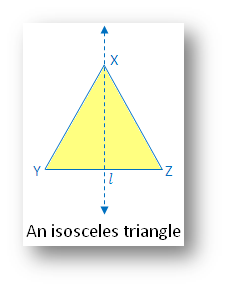


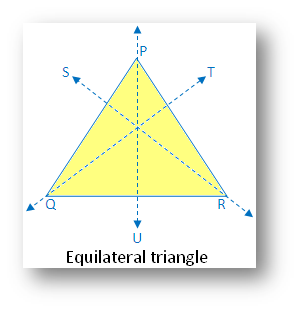
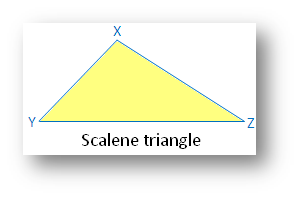
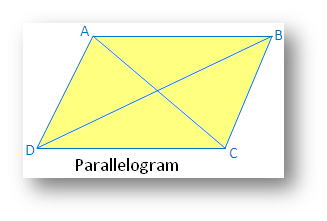

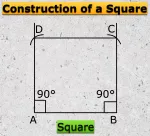
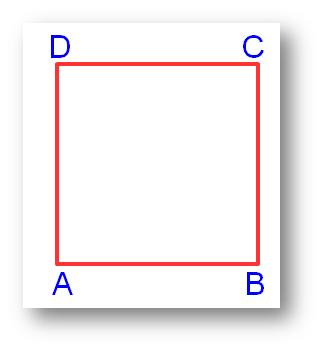
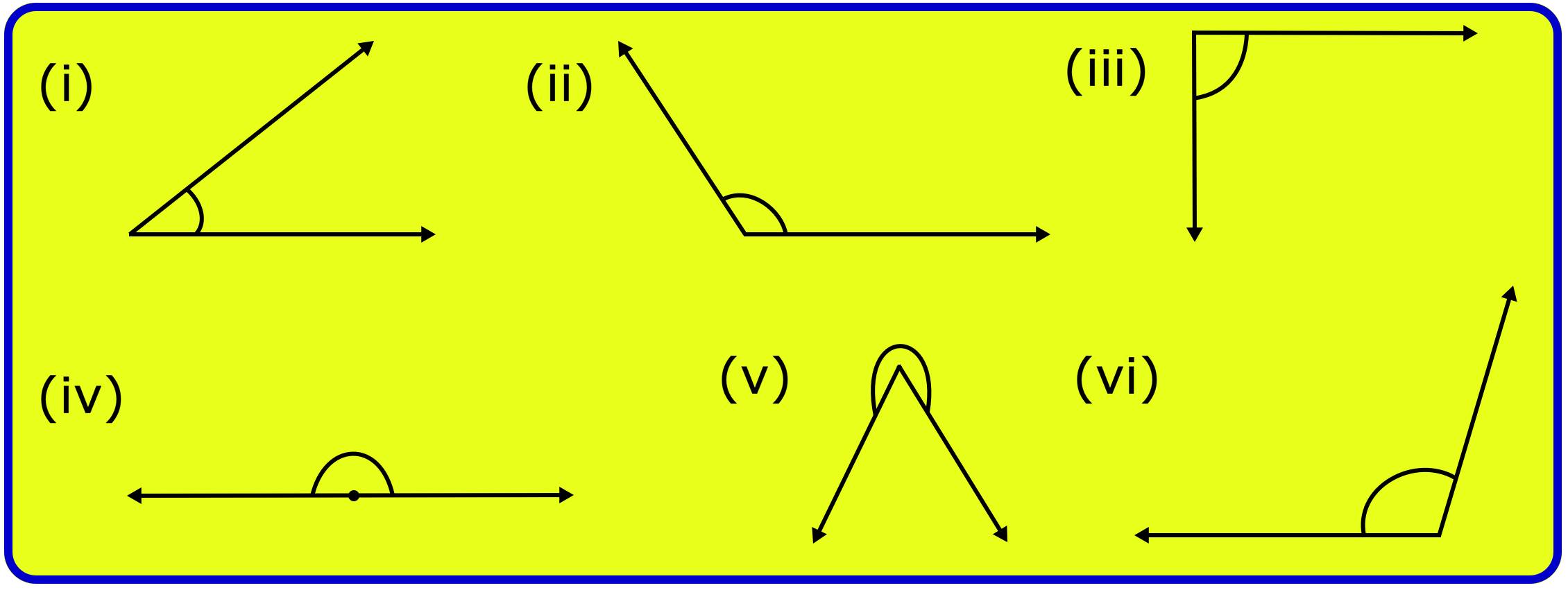
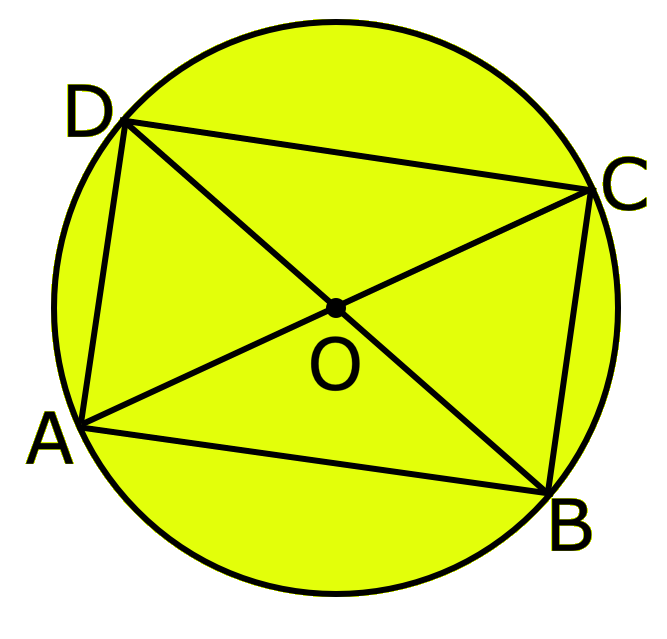
New! Comments
Have your say about what you just read! Leave me a comment in the box below. Ask a Question or Answer a Question.